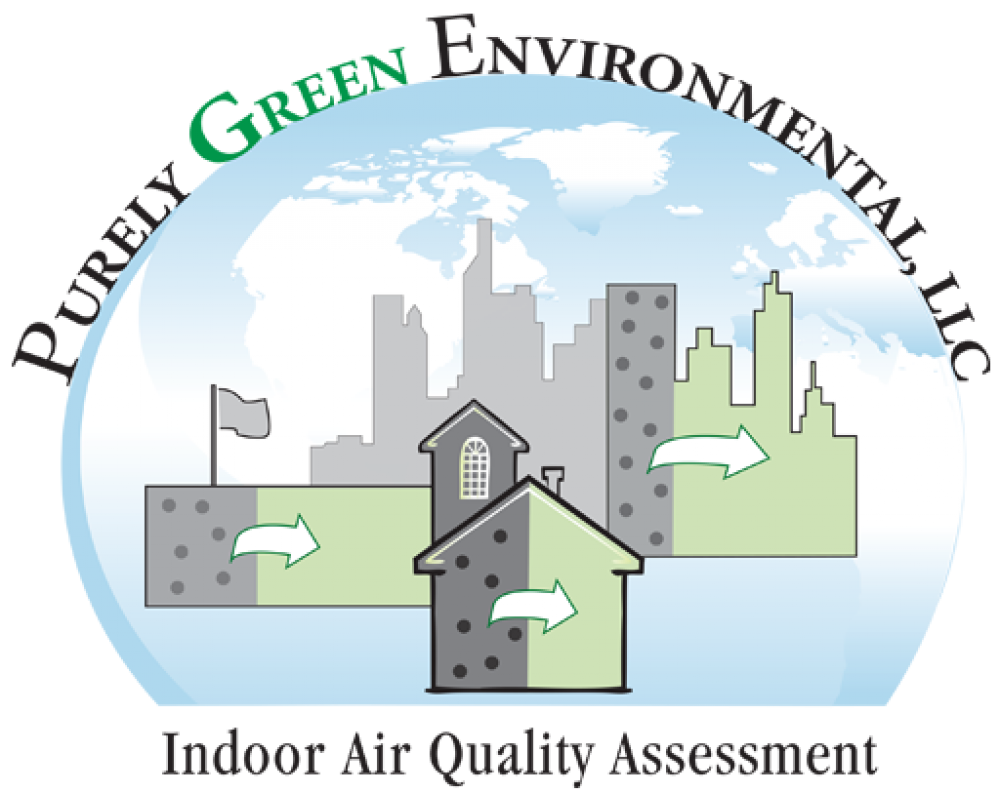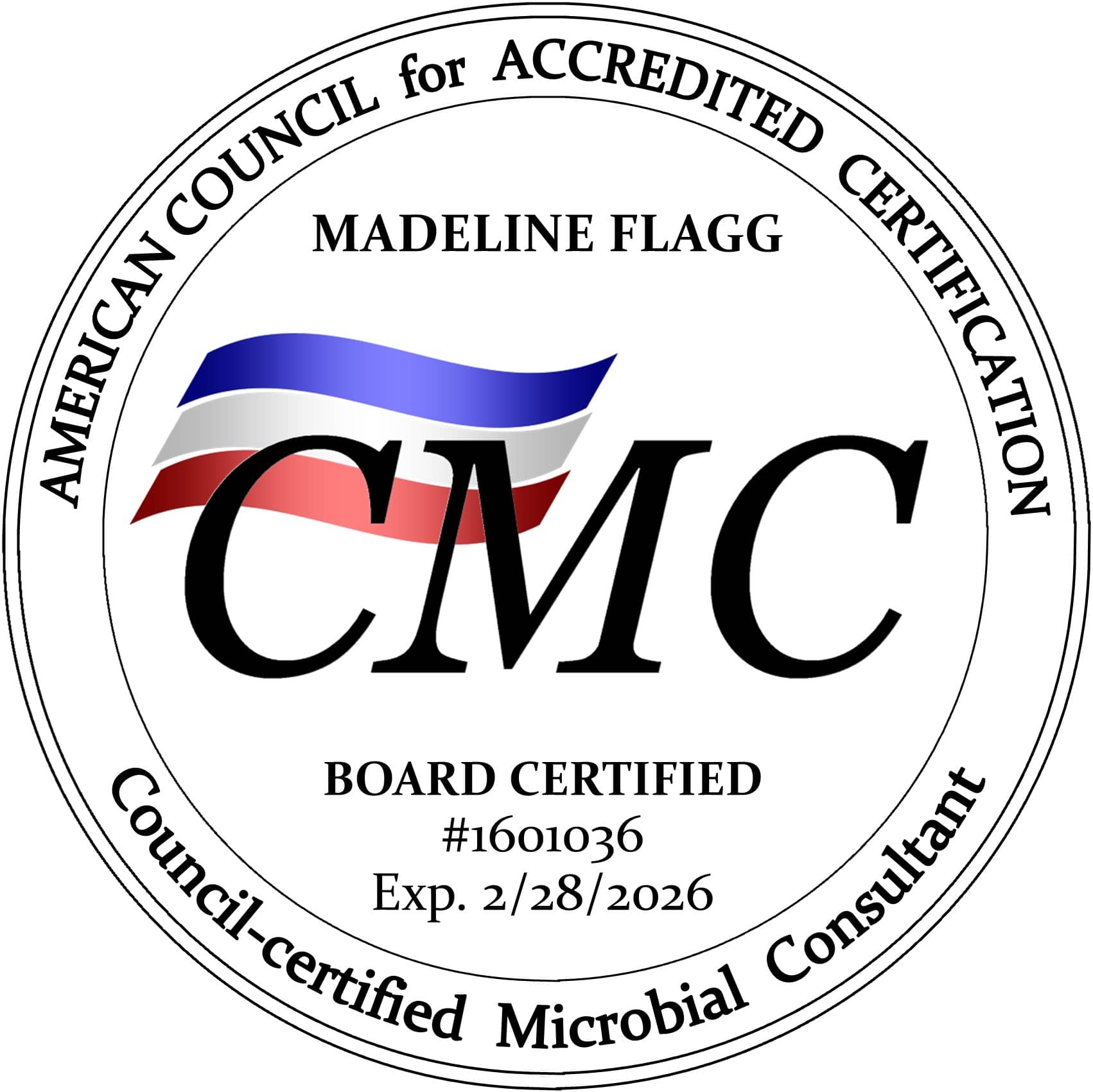In New England, winter comes with a long list of daunting challenges. The blizzards, the darkness, the ice, and the cold weather leave most of us with a nagging feeling to stay indoors. Although New Englanders are a tough breed; acclimated to living and working with frost in their bones, we all relish the opportunities we get to simply stay in our homes or businesses, tightly closing all the windows and doors, and taking refuge from the harsh realities of winter.
While staying tightly snuggled up indoors, we still have to be wary of our surroundings. One underestimated frustration of New England winters is the fact that we can, at times, leave our homes too dry. Since 2006, we have specialized in air quality testing in Massachusetts and have found that, more often than not, a great deal of people tend to forget to let enough fresh air into their homes during the winter months. The lack of fresh air getting into a house or business can add to a build-up of various indoor allergens. This can lead to respiratory problems, negatively affect those with asthma, and even cause bloody noses and headaches.
Air Circulation, Humidity, and Dust Management
Air quality testing in Massachusetts is, among other things, comprised of managing the air flow inside a house or business. The key to keeping your indoor air as healthy as possible is a combination of air circulation, humidity, and dust management.
If you have a furnace that doesn’t have a built-in humidifier, the best option is to utilize cool mist humidifiers in bedrooms. You can even keep a teapot steaming and simply place bowls of water near your home’s or business’s heaters.

Heated water can act as a humidifier when it evaporates and spreads throughout the environment. Using portable fans or ceiling fans will help to disperse moisture throughout your home or business as well; ensuring a less dry indoor environment.
Although you’ll never be able to completely rid an indoor environment of dust, there are effective methods of reducing the amount of dust in your home or office. According to a paper published by Kathleen Riggs of the Utah State University, you can decrease the amount of indoor dust if you, “upgrade your furnace filter, rotate bedding weekly, capture dust—don’t just spread it around, beat and shake area rugs, clean the air while you clean house by using the fan on option on your furnace and match the vacuum to the floor type.”
For more information on maintaining high air quality in your home or business, contact us at: (888)-291-3773




